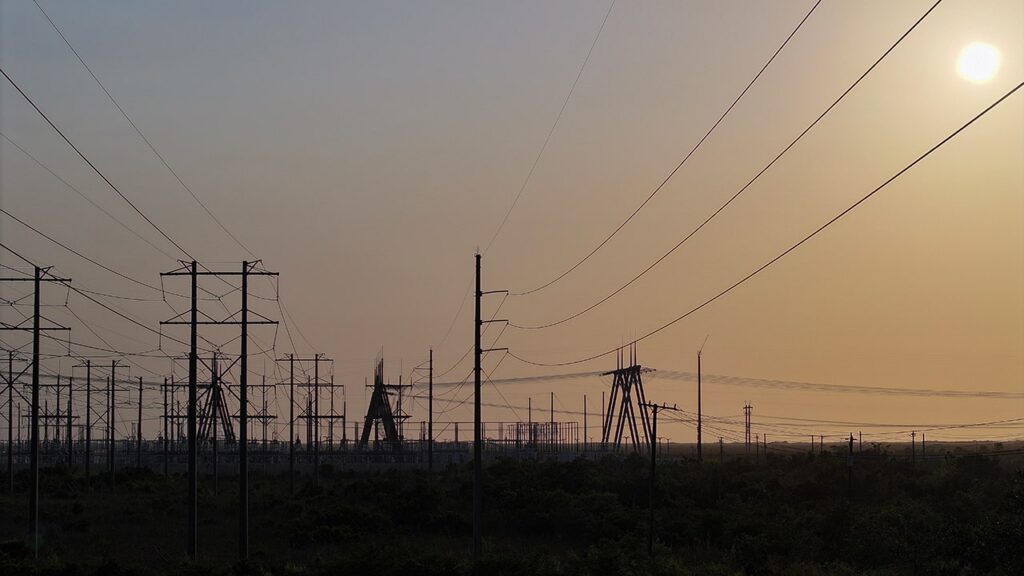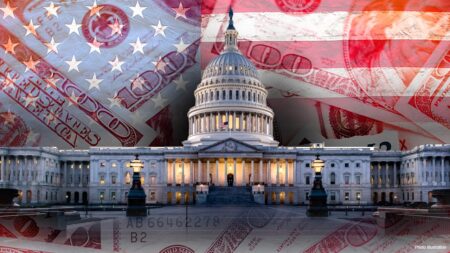High inflation may finally be starting to cool, but rising electricity prices are keeping the financial pressure on millions of U.S. households nationwide.
The cost of electricity rose 0.1% in July from the previous month and remains up 4.9% from the same time last year, the Labor Department reported Wednesday. That is notably faster than the 2.9% headline inflation gain recorded last month.
Nationwide, average household electricity prices surged nearly 22% between 2018 and 2023, according to a recent report from S&P Global.
The problem may soon get worse.
JULY INFLATION BREAKDOWN: WHERE ARE PRICES STILL RISING THE FASTEST?
Prices “are going to continue to escalate at a faster and faster pace,” Paul Cicio, chair of the Electricity Transmission Competition Coalition, told FOX Business.
Transmission costs are the primary driver of higher power bills, according to Cicio. That’s because rules from the Federal Energy Regulatory Commission have allowed “tens of billions of dollars” in large transmission lines each year to be built without requiring that companies bid competitively for the work, which would reduce costs for consumers.
Transmission wires are specialized cables or other lines that conduct electromagnetic waves.
Cicio estimated that competitively bid projects reduce costs by anywhere between 25% to 30%, because they provide legally binding cost caps and other accountability measures.
“The high costs that we’ve been experiencing are monopoly utilities building transmission lines without having to bid them out,” he said.
As the U.S. works to decarbonize its economy and shift away from fossil fuels toward renewable energies like wind and solar, electric utilities are spending more money on transmission. But as they spend more money on transmission, that is fueling more expensive electricity bills.
INFLATION RISES 2.9% IN JULY, LESS THAN EXPECTED
“We have already seen the escalation of transmission costs having an impact, and it’s going to just continue to spiral higher and higher,” Cicio said. “In building these transmission lines, which has escalated the cost of electricity, there hasn’t been competition.”

Rising summer temperatures and higher rates of extreme heat events are also forcing Americans to spend more money than they used to in order to keep their homes cool, according to a recent study published by the National Energy Assistance Directors Association and the Center for Energy Poverty and Climate.
In fact, the cost of cooling a home this summer was expected to spike 8% across the U.S. this summer to an average of $719 – up from $661 during the same period in 2023. The report also shows that nearly 24% of households reported being unable to pay at least one energy bill in the past year.
High inflation has created severe financial pressures for most U.S. households, which are forced to pay more for everyday necessities like food and rent. Price hikes are particularly devastating for lower-income Americans, because they tend to spend more of their already-stretched paycheck on necessities and therefore have less flexibility to save money.
Read the full article here











